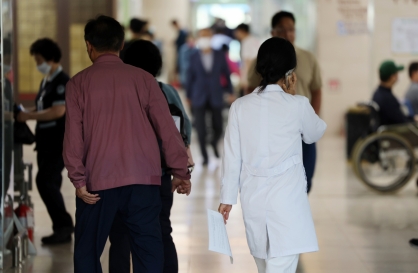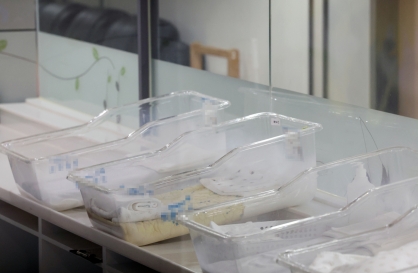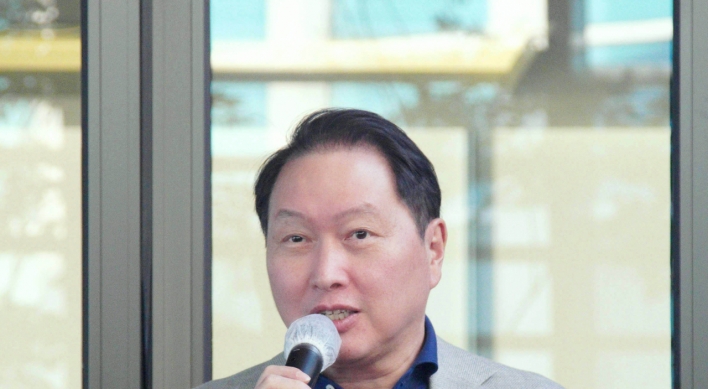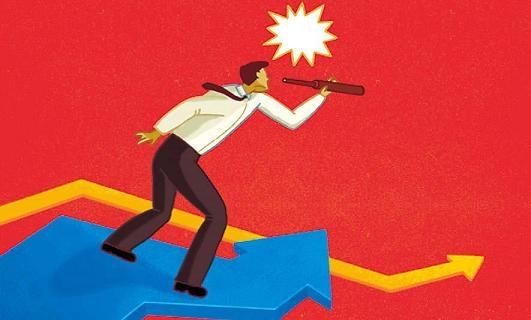
Challenges
The Korean economy faces a multitude of external and internal challenges. Externally, inflows and outflows of foreign capital continue to provoke instability, with global growth forecast to be slow in the mid- to long-term. Four years after the outbreak of the global financial crisis, the root causes of the crisis are yet to be resolved. In addition, nations that increased fiscal spending to respond to the crisis now face a debt crisis because government bonds in some countries have lost their appeal and become risky assets. At the same time, nations normally driven by private consumption, including the U.S. and the U.K., are seeing prolonged sluggishness as their households redirect income from consumption to the paying down of debt. Even the robust growth of emerging economies has slowed considerably, confounding general expectations.
Domestically, Korea must satisfy growing demand for addressing perceived disparities in its society. Some have, for example, expressed misgivings about the benefits of Korea’s growth-oriented policies. Notwithstanding such criticisms, however, Korea’s growth must continue if the resources to address such disparities are to be available. Accordingly, Korea’s focus should be on adopting strategies that simultaneously aim for growth and balance. At the same time, the Korean economy remains heavily dependent on external demand. Sustainable growth thus needs to depend heavily on strengthening export competitiveness among manufacturers.
Accordingly, steps to balance exports and domestic demand, manufacturing and services, and large companies and small and medium enterprises should be accompanied by efforts to preserve the strengths of the Korean economy. In short, sustainable growth and addressing of social disparities must be reconciled.
Korea will also need to tackle emerging megatrends over the next 10 years, during which population aging, urbanization and climate change will increasingly assert themselves. The labor market needs to be flexible to respond to such challenges. In addition, Korea should pay more attention to emerging economies, which are becoming increasingly important as markets for export, while preparing for challenges and opportunities emanating from cooperation and competition with China and Japan.
A decade of changes
The Korean economy’s challenges are rooted in changes over the past 10 years. Although Korea achieved substantial economic growth during this period, it also became more dependent on external demand, causing a disparity between exports and domestic economic activity.
The main characteristics of the Korean economy in the past decade are its increasingly open markets and its growing trade with China. The share of trade out of Korea’s total GDP is very high among OECD members. It climbed from 58.4 percent in the 1990s to 81.4 percent in the 2000s. The share of exports expanded even further after the 2008 global financial crisis to surpass Germany and Sweden, longtime trade powerhouses in the OECD.
China has become the No. 1 export destination for Korea. In 2000, Korea’s exports to the U.S. and China were 21.8 percent and 10.7 percent of the total, respectively. Since 2003, however, the share has reversed and in late 2010 exports to China reached 25.1 percent, surpassing the 10.7 percent to the U.S.
There have been major changes in the structure of companies and industries in the past 10 years. Corporate investment and debt ratios have both declined, while volatility of profits has grown and funding of R&D has risen.
Corporate facilities investment has continuously increased (excepting the peak crisis years of 2008 and 2009), but the rate of growth has declined. Though the average debt ratio of companies surpassed 400 percent in late 1997 after the Asian financial crisis, Korean companies have since then pared down their debt, with the ratio sliding to the present 100 percent. Among companies, the gulf between large companies and SMEs and between manufacturing and service industries has deepened. Moreover, a drastic productivity surge in the manufacturing sector has depressed job-creation.
Such changes in companies and industries have worsened the income and spending capacity of households. This is largely attributable to changes in work hours: hours for relatively skilled workers have either increased or remained the same while hours for unskilled employees have decreased.
The job growth rate has fallen and the overall relative share of labor in the national income has dropped. This was followed by ballooning household debt and interest payments relative to income. The disparity between household income and household debt has become the primary reason for the current lackluster demand. Accordingly, moves to address these issues have been gaining attention.
Suggestions for brighter economy
There are five ways to overcome domestic and global challenges and problems in the Korean economy: correct Korea’s economic model, diversify industry, improve jobs, strengthen stability of capital movements, and establish a virtuous cycle of welfare support.
Improve economic model to balance exports and domestic demand
The Korean economy should upgrade its current export-driven growth model. The need for change has been continuously raised since the 1990s because domestic demand (which includes private consumption and facilities investment) has stagnated considerably. Moreover, the growing instability of Korea’s export-driven growth model during the global financial crisis in 2008 has stoked interest in alternate means of ensuring stable growth.
There are two key problems. The cyclical relationship of rising exports spurring domestic consumption and investment has eroded. Domestic demand, moreover, is itself sluggish. The former is caused by weak collaboration between the manufacturing and service industries and higher foreign direct investment.
Korea accordingly has to pursue a balance between exports and domestic demand. Based on its strength in exports and manufacturing, it has to seriously address the causes of low domestic demand and harness the ripple effects of exports to restore the virtuous circle, while simultaneously promoting the service sector. To this end, it should lower dependency on foreign investment in facilities and equipment, converge and combine the manufacturing and service industries, open and ease regulation of the service industry, and support development of services for the elderly in Korea’s rapidly aging population.
Diversify industry
Korea’s ability to create jobs needs to be improved to ease the phenomenon of crowding in a few industries. Employment in industries with low productivity has increased while job growth in mainstay industries has been low. Disparity in productivity as well as profits and losses between large companies and SMEs has widened. Some industries persistently attract a disproportionate share of the workforce, while trade is driven by only a few product categories.
Against this backdrop, diversification of Korean industry is imperative. Domestically, this will generate new needs. On the global field, it will mean simultaneous restructuring of export items and markets, as well as efforts to extend correlation with other industries.
Improve stability in employment and financial market
Job issues are found in every segment of the population in Korea. Employment is low compared to advanced countries. In particular, employment and participation in economic activities is low among young adults (40.3 percent) and women (52.6 percent). Although the employment rate of the middle aged and the elderly is high (60.9 percent), decent jobs for them are in short supply.
Moreover, the proportion of low-wage workers is the highest (25.9 percent) in the OECD. The proportion of workers in the service industry is also higher than in the manufacturing industry and share of employment is high in low value-added industries among service jobs.
This situation requires improvement of the labor market by increasing the number of jobs and enhancing social equality. This will require removing negative factors that discourage employers from hiring employees, offering inducements for hiring and improving quality of jobs. Measures to help the unemployed should be customized for each class.
The financial sector should also change, as its supporting role in the real economy has deteriorated, and it is now raising volatility in the real economy. The latest financial crisis shrunk the real economy and undermined the growth potential of the Korean economy. The share for corporate lending has contracted and risks of financial instability due to household debt have grown. Accordingly, preventing the occurrence of a future financial crisis and enhancing the role of the financial sector as an intermediary for real investment is key to reshaping the sector.
Strengthen social safety net
As mentioned earlier, pressure to address social disparities is mounting. Under these circumstances, it will be hard to meet the demand for welfare due to fiscal restraints. As Korea’s population ages, public expenditures are expected to rise even without changes to the welfare system. The share of public expenditure in GDP is forecast to grow to 37.8 percent in 2020 and 51.9 percent in 2025.
Introducing a sustainable welfare system will contribute to establishment of a virtuous circle of growth and welfare. Social welfare should not favor the marginalized only. Instead, it should be used as a tool to reduce social conflict and inequality, and overcome difficulties during times of low growth by promoting social cohesion.
Although the need for better welfare is urgent, policies should be developed for the long-term with consideration of the impact on the fiscal situation. Funding for reinvention of the welfare system can be collected by drawing public support to contribute more. The policy of “low payment, low welfare” should become a relic of the past and replaced with “middle payment and middle welfare” that sustains mid-to long-term growth and social integration but avoids undermining the desire to work.

By Kim Yong-ki
The author is a senior fellow at SERI. This article was contributed by Samsung Economic Research Institute. Contact: ykim@seri.org ― Ed.
-
Articles by Korea Herald




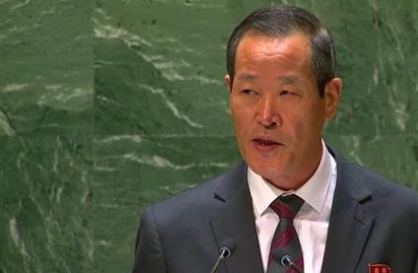
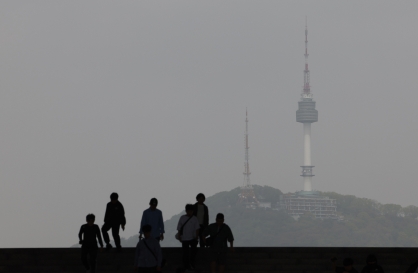
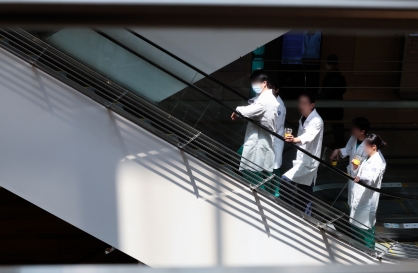
![[AtoZ Korean Mind] Does your job define who you are? Should it?](http://res.heraldm.com/phpwas/restmb_idxmake.php?idx=644&simg=/content/image/2024/05/06/20240506050099_0.jpg&u=)
